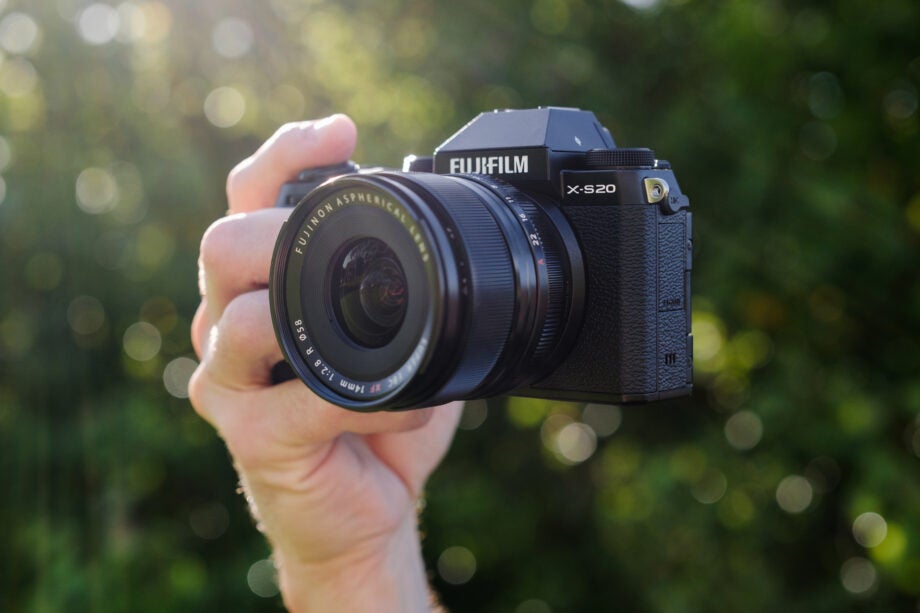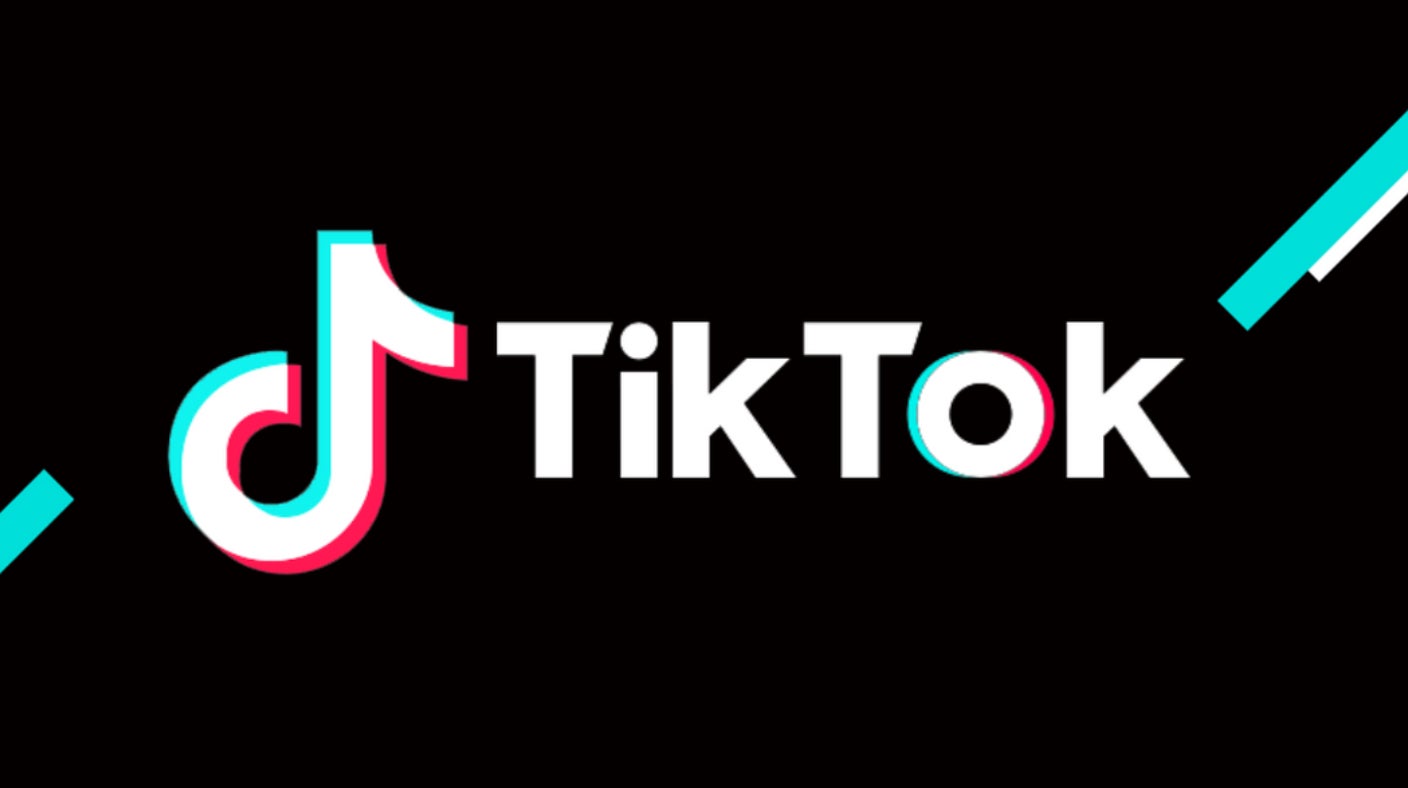JPG vs JPEG: What’s the difference?

If you’ve ever uploaded a photograph to your computer, downloaded an image from the web or exported a file, it’s very likely you’ve come across the digital image format JPG.
JPG as an image compression method is incredibly popular due to the compromise it offers between file size and image quality. JPGs are particularly prevalent in digital photography for this reason.
However, before JPG there was JPEG. Stay on this page to learn more about the difference between JPG and JPEG.
What is a JPG image?
JPG is a lossy image compression format often used in photography and web publishing due to its fast load times when shared on the web.
The lossy compression technique means that a certain amount of information is lost when the image is exported to reduce the size of a file. The data discarded usually consists of colours the human eye cannot pick out, making the changes almost imperceptible to those viewing the image.
This ensures the image is small enough to send and download without waiting on lengthy transfer times.
However, more compressed images can suffer in quality. Likewise, JPG files consist of pixels, meaning you can’t increase the size of the image without degrading the image quality.
Are JPG and JPEG the same thing?
Simply put, there is no difference between JPG and JPEG files.
To understand why both file extensions exist, we need to look back at the history of the JPG format.
JPEG stands for Joint Photographic Experts Group, the name of the ISO subcommittee that created the image compression standard in the early nineties.
JPEG (the group) initially opted to use JPEG (the acronym) as its file extension name of choice. However, early versions of Windows had a three-character limit for file extensions whereas Mac and Linux did not. This prompted the creation of JPG and allowed for both file extensions to exist at the same time on different operating systems.
Coming back to the present day, Windows now accepts longer file extension names and most apps don’t discriminate between JPG and JPEG files, allowing them to be stored and opened interchangeably across most operating systems, editing apps, photo storage services and browsers.








